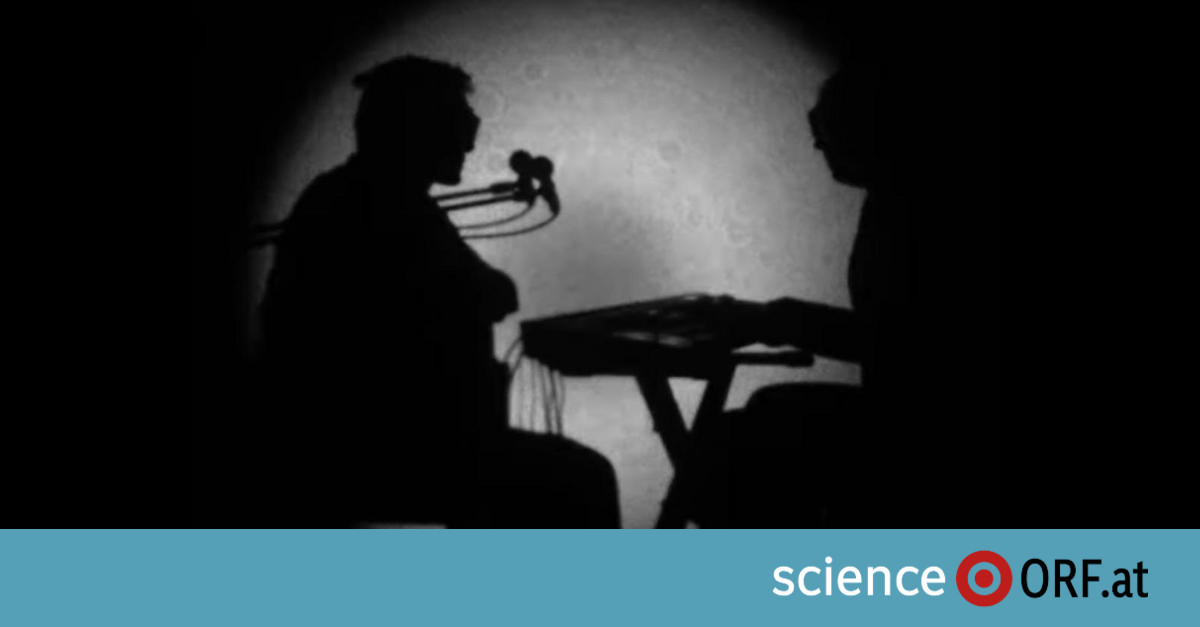The pictures look like silhouettes, like shadow play in black and white. You can see bodies and instruments flashing again and again, accompanied by the slow sounds of the song “Look where we are now”. For their latest music video, the Austrian band 5/8erl in Ehr’n teamed up with experimental physicists, more precisely with the project SEEC-Photography. It examines from a scientific-artistic perspective how light spreads on objects.
Laser pulses as flash light
The name of the project says it all: SEE stands for the plan to make the movement of light visible, to be able to “see” it. The C stands for the abbreviation for the speed of light, as in Einstein’s famous formula for Equivalence of mass and energy. The Austrian physicists are behind it Philipp Haslinger from the Technical University of Vienna, Thomas Juffmann from the University of Vienna and the artist Enar de Dios Rodriguez. The project started in a laboratory at Stanford University – both physicists spent several postdoctoral years in California.
Back in Vienna, the collaboration with 5 / 8erl began in Ehr’n. The focus is on a camera that allows exposure in the sub-nanosecond range and a laser that emits strong light pulses. “We use the laser as a kind of flash,” says Philipp Haslinger. At the beginning, still in the USA, the first experiments were carried out with plants on the weekends in order to record how the light flits over the leaves. This year the laser flash and special camera were set up in a lecture hall at the Technical University of Vienna and the musicians were photographed.
First the technology, then the song
The ultra-short laser pulses and the shutter speed of up to 0.2 nanoseconds of the special camera record visually how the light travels or spreads about six centimeters in this time. The extraordinary collaboration came about because of a physicist’s interest in music: Thomas Juffmann, a fan of the band, reported on the project. Clemens Wenger, composer and accordionist of the 5 / 8erl in Ehr’n, took up the inspiration. First the music video was planned, then the song “Look where we are now” was created.
It’s not about incredible speeds, but about strong slowing down. “If we could move as fast as the light, then it would amount to a standstill, and we took up this image for text,” says Wenger. The video is a homage to light, which continues to pose a mystery to physics, adds Haslinger. He and his group are actually doing research on physical force fields. With the help of atomic interferometry, for example, he searches for tiny force fields on microscopic distances – a project that was funded with a starting prize from the FWF Science Fund.
–


